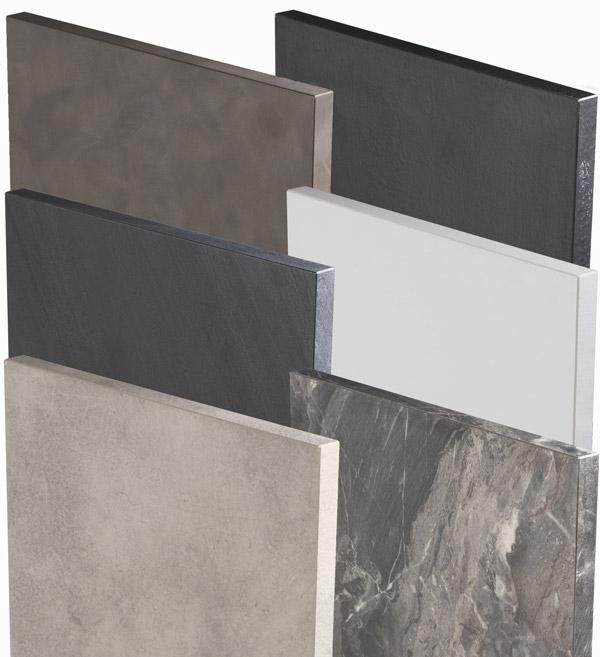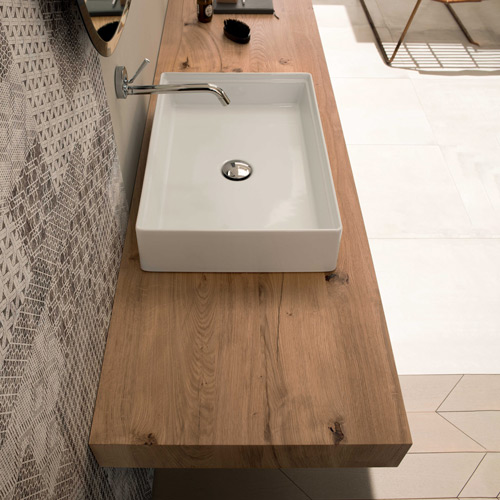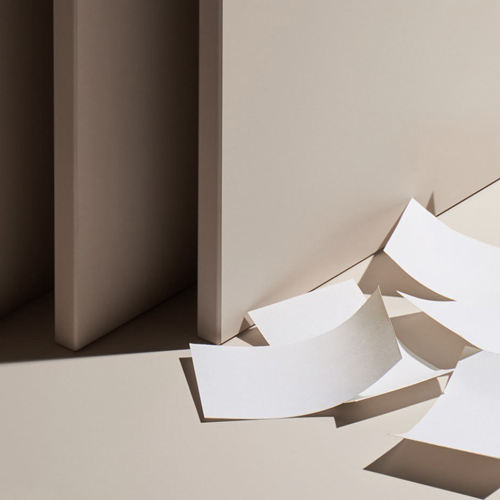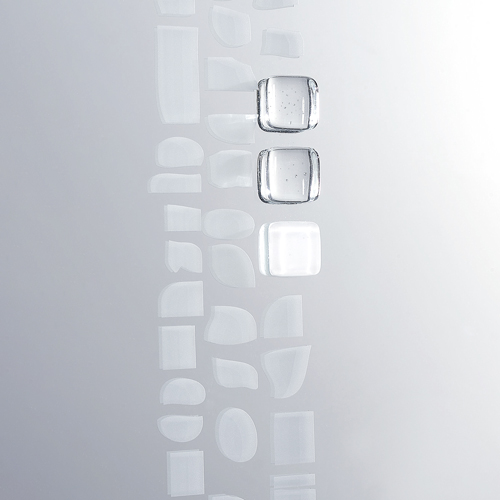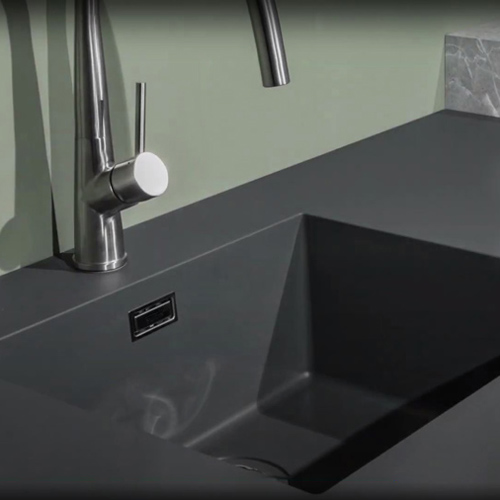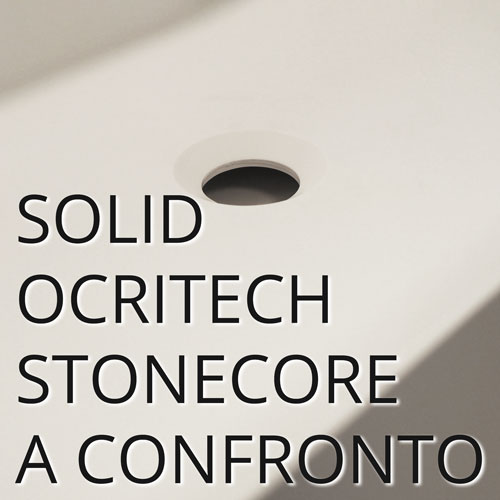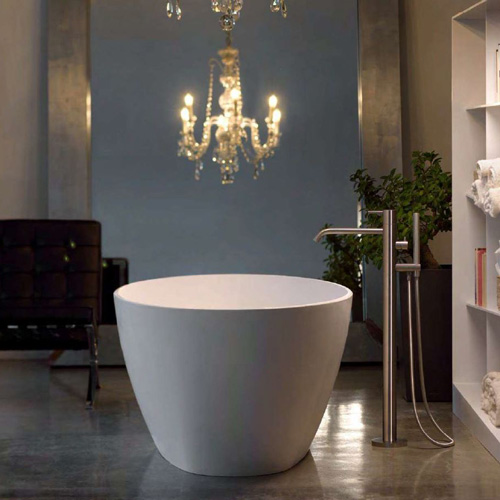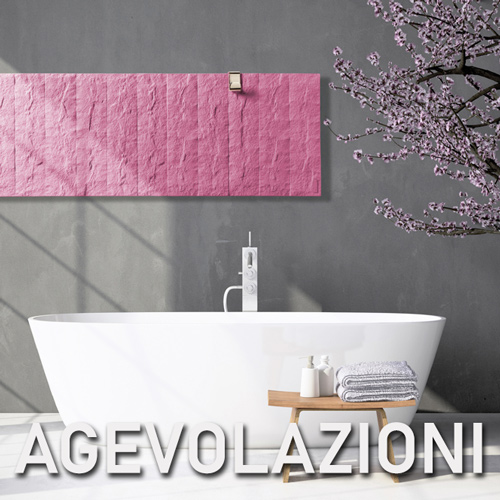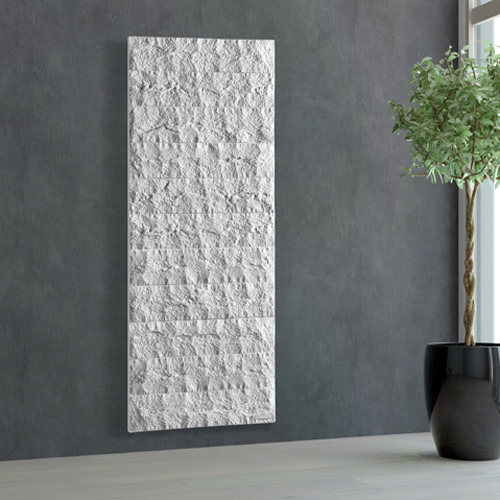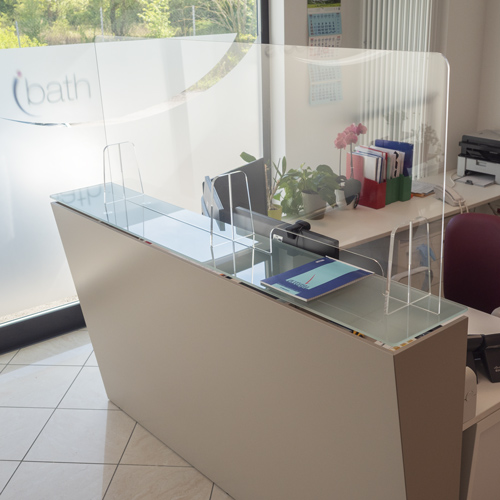In the
Customize your bathroom top section we offer many materials to choose from and we would like to make the choice easier and more aware.
Choosing the most suitable material for your bathroom depends on the needs of the customer, on his personal taste and on his lifestyle, moreover one must always take into account the advantages and disadvantages that characterize each material.
What is HPL?
HPL, acronym for High Pressure Laminate, defines a high pressure laminate, consisting of several layers of paper impregnated with resins through a combined process of heat and high pressure.
This gives a very stable, resistant, material, waterproof and hygienic surface.
Its characteristics make it particularly suitable for its use in the bathroom in the long term, in fact it is:
- Shock and scratch resistant
- Resistant to water splashes
Textures and finishes
HPL is very versatile for creating very different decorations:
- Embossed decorations, wood or stone effect
- Smooth decorative with various prints
